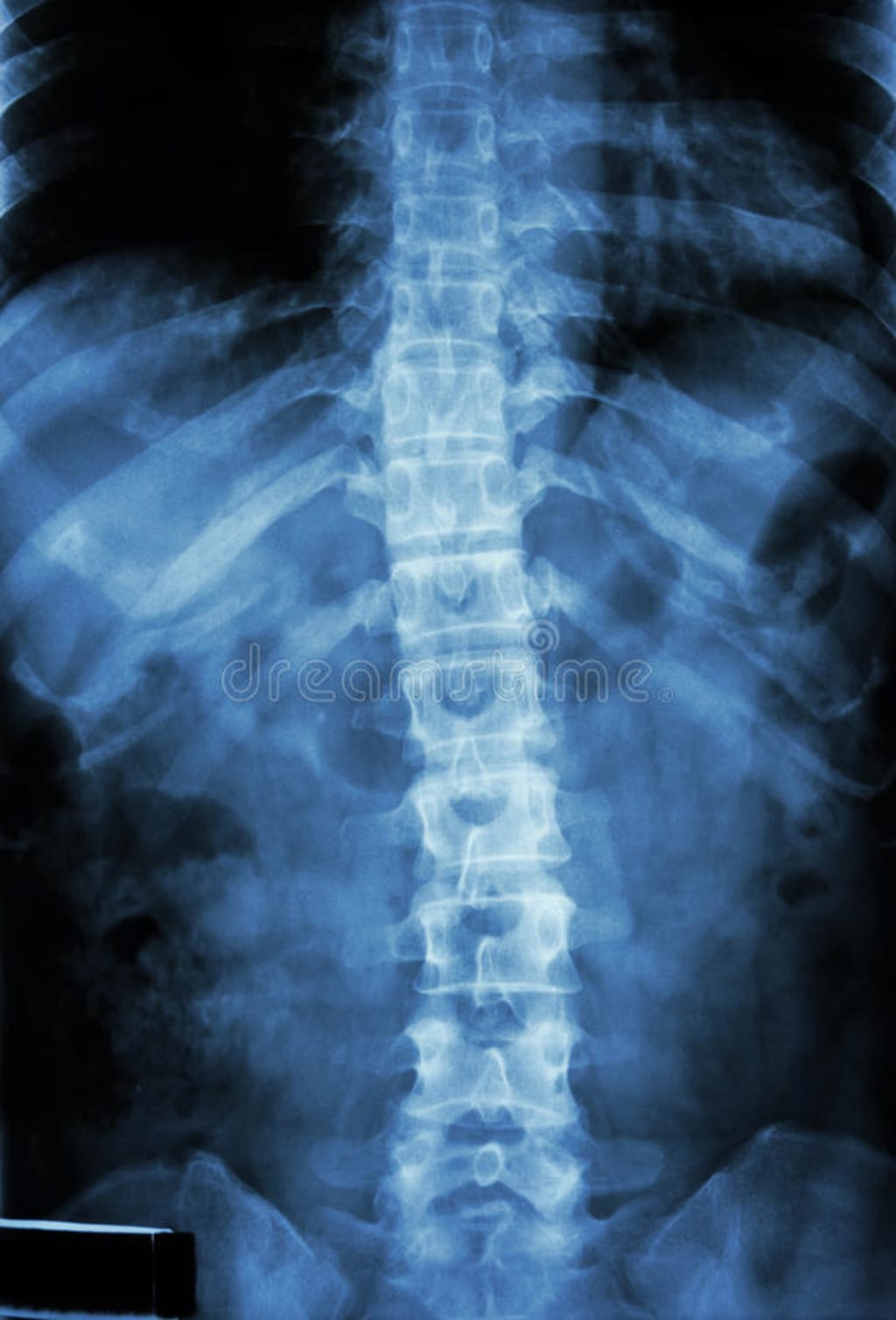
Back Pain:
"Heavy Weight Lifting, Non Traumatic pathologies are the reason for Back Pain".
The spinal Cord is vulnerable to many types of injuries which in turn
may lead to injury to the spinal cord and may cause back pain by either dislocation or subluxation of one or more vertebrae.
Neuropraxia:
Commonly known as stingers or burners. Injury is caused by stretching or compression of one or more nerves of the brachial plexus which create temporary disruption of nerve function.
Assessment:
² Palpation of back: pain, obvious deformity, bleeding, spasm?
² Motor Testing of Upper Extremities
² Sensory Testing of Upper Extremities
² Motor Testing of Lower Extremities
² Sensory Testing of Lower Extremities
² Reassessment Of Vital Signs
² Continued Reassurance of injured patient.
Passive Straight Leg Raising (SLR) with the knee extended applies traction to the lumbosacral roots, which may aggravate back pain in patients suffering from root compression syndrome.
Back Pain Causes:
Although there are numerous causes of back pain, the following are the most common:
1. Sprain or strain the musculo-ligamentous system
2. Intervertebral Disc Herniation
3. Spine osteoarthritis
4. Renal or urinary colic
Effects of Back Pain:
Strain or sprain of the musculoligamentous system:
Localized Muscle Spasm and Occasional Tenderness are found in patients who have suffered from a muscular injury, a sprain, or a disc injury.
Test for Diagnosis:
² A X-RAY of the lumbosacral spine may be recommended.
² MRI to confirm whether there is pathology in bone or tissues.
Intervertebral Disc Herniation:
² Herniation is most commonly seen at L3 and L4 vertebrae women commonly
Primary Injuries:
² Compression
² Stretching
² Laceration
² Concussion Of Spinal Cord
Secondary Injuries:
² Spinal cord Contusion
² Spinal cord Compression
² Spinal cord Hemorrhage
Transactions:
Partial Transactions are of three types:
1. Anterior Cord Syndrome
² Loss of Pain Sensation and Motor Function (loss of light touch sensation and loss of temperature control distal to the level of injury).
2. Central cord Syndrome
² It’s a result of Hyper Extension injury, Pre-existing condition of Arthritis, and Narrowing of the Vertebral Canal.
3. Brown Sequard Syndrome
² Penetrating Injury at one side of the Spinal Cord (loss of sensory and motor function on the affected side and temperature perception on the opposite side.)
Treatment:
Non-steroidal anti-inflammatory drugs (NSAIDs) are commonly used.
Physiotherapy is a treatment that aims to improve joint and muscle mobility and function. It can assist to relieve back discomfort and get you moving again. It can also assist to lessen your chances of injuring your back again. Physiotherapists do a variety of treatments and procedures to alleviate back pain. They also guide how to care for your back.
Physiotherapy, often known as physical therapy, is a healthcare profession that combines exercise, manual therapy, and other techniques to assist individuals recover from injuries, impairments, and other physical ailments.
The treatment performed by physiotherapists varies based on the ailment being treated, however, some typical treatments include:
Exercise therapy prescribes particular exercises to help patients improve their strength, flexibility, and range of motion. Exercises can be designed to target a specific area of the body or to enhance general fitness.
Manual therapy is using hands-on techniques such as massage, joint mobilization, and stretching to help enhance mobility, reduce pain, and improve function.
Electrical modalities: The use of electrical stimulation, ultrasound, or other modalities to alleviate pain, enhance circulation, and promote healing.
Physiotherapists may educate patients about posture, body mechanics, and other aspects that may contribute to the development or worsening of a problem.
Assistive devices: Physiotherapists may recommend and prescribe assistive equipment such as braces, crutches, or orthotics to patients who are having difficulty with mobility or function.
Overall, physiotherapy treatment strives to assist patients in reducing pain, improving function, and reaching their peak physical performance.
Conclusion:
Maintaining an upright posture is beneficial to general health and well-being since it aids in the prevention of back pain and other associated problems.
Maintain a relaxed posture by bringing your shoulders back and down to open up your chest and straighten your spine.
Tighten your abdominal muscles and draw your belly button towards your spine to support your back and keep an upright posture.
Maintain flat feet: Ensure that your feet are level on the ground and that your weight is equally distributed between them.
Sit up straight: Avoid slouching or slumping forward by sitting with your back straight.
A person should not sit in a slouched position and avoid lifting heavy weights continuously.
About the Creator
umamanidrah
Hello to all, My name is Umama Nidrah and by profession I'm a physiotherapist and I am seeking for Article writing , Blog writing that is related to health with some interesting initiatives which are also uptodate.






Comments
There are no comments for this story
Be the first to respond and start the conversation.